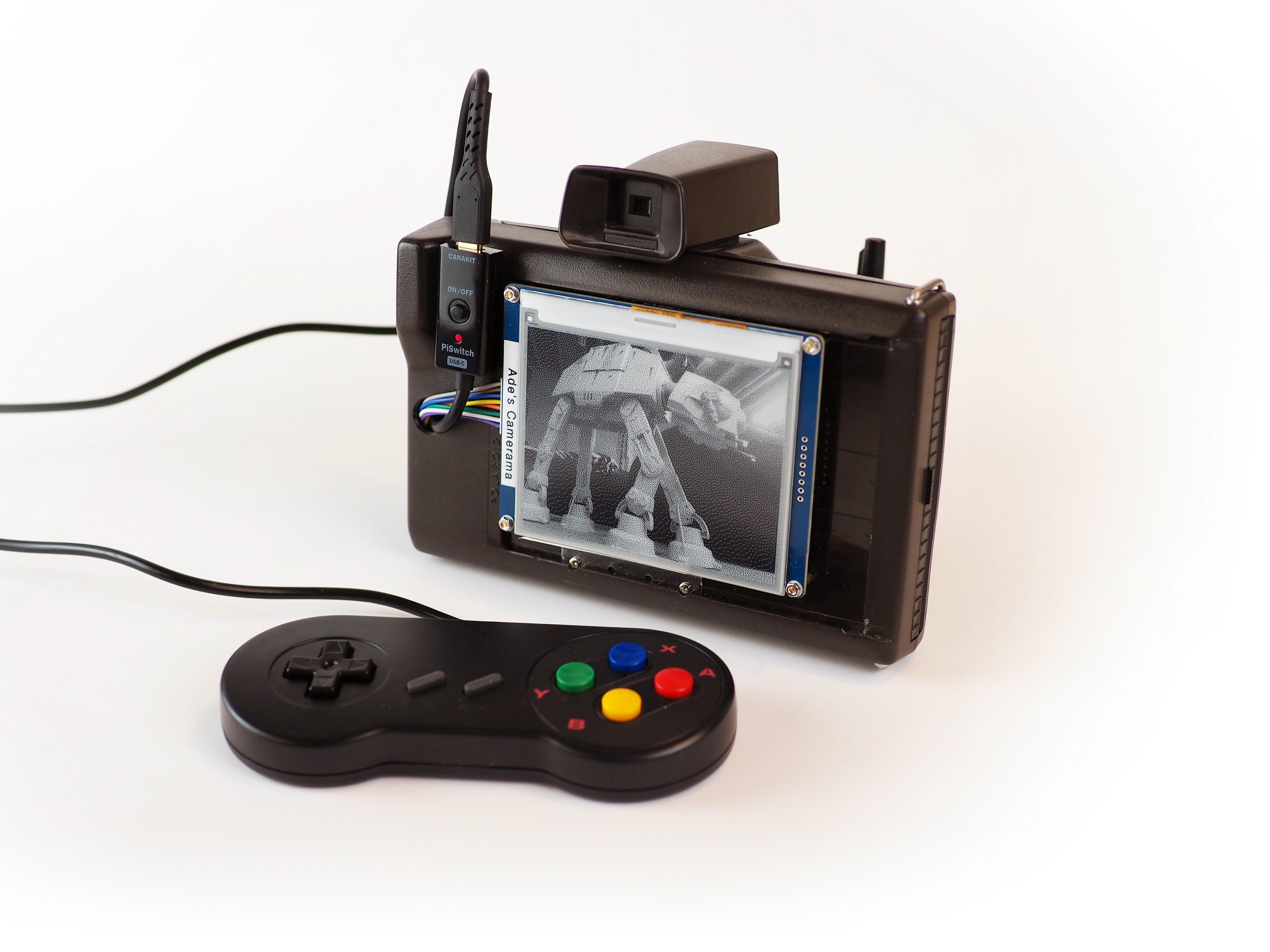


It had completely torn away from the rubber. Notice how in the pic of the case one of those black bits is missing? That actually FELL OUT when I opened the pad. You can actually use rubbing alcohol or other cleaners that evaporate and clean these contacts which can make them more responsive. The black bits from before close the contact, and the rubber brings the button back up. When you push a button, it pushes down on the rubber pad. You can see a bunch of little silvery squares in this photo. Two little ribbon wires connect the pieces for the shoulder buttons which, surprisingly, fit into little notches in the controller rather than just floating there. In this case, the guts are actually relatively small compared to the pad most of it is just empty space in the pistol grips. This is the command center of the controller, the circuit board (or "guts"). Make a note of all those black bits we'll get to that in a bit. The Start, Select, and Turbo/Auto/Off buttons all sit together on a single rubber pad, which is pretty standard. The directional rubber and shoulder buttons refuse to stay in place and take a lot of coaxing to sit in the right spot. You can tell better that everything is just sitting in place in this shot. I have never done this to a real PS pad, but I don't think they are quite as cheap/empty. They essentially float in place once the back is removed everything falls apart and its a real pain to put this thing back together. The only posts seem to be the screw posts, meaning all the guts are basically held in by pressure alone. It feels way cheaper than a real PS pad, but the only major difference is the thumbstick and the addition of Turbo, Auto, and Off buttons. This is a generic controller I picked up at a Target for $2 US or so. I like these because the back end rotates you can push with your palm to keep it in place and it'll still spin freely. In this case, I used a very small screwdriver with interchangeable bits. The first thing is to have the right tool for the job.
#Taking apart snes usb controller Pc#
The other is an original white PC Engine turbo controller. One looks sorta like the original Playstation pad, but is a USB controller. When I did this, I was getting them apart no problem.Ever wondered what makes a controller work? I did, and like most things I get interested in I decided to take a few apart to figure out what is happening inside. Also it makes things easier if you pull on the front part of the plug while you are pushing back on the loop in this step. Make sure the clip that is on the other half is push all the way in. Next push the top of the loop toward the cord and the plug should push out the front.ĮDIT: I tried this on a few more plugs, and sometimes its difficult. The pins should slightly depress and the prongs should slip behind them. This is done by pressing down with the prongs facing the cord. The prongs need to go behind the clip, not on top of it. Orientate it so the prongs are facing the cord. Next, push the other clip into the prongs on the other half (the half that can be depressed easily) as shown. Push it in until it hits the bumps on the clip. The paperclip will be slightly thicker than the opening and may take a little work to get in. Next insert one of the clips into the holes on the end of the plug, on the side where the prongs are more difficult to press down. The prongs are the same distance apart as the clips on the snes plug. If they don't move, use a xacto knife to break the weld on the seam.įirst, straighten the paper clip, cut it in half and bend it into shapes shown in the picture below. You can check this by holding the outer casing and moving the connector piece in and out. You will need one of the thicker paper clips, I don't know what size they are, but they are not the small flimsy ones.ĮDIT: Before you start, make sure the two pieces are not friction welded together. Ok, I figured out a method that worked easily for me.


 0 kommentar(er)
0 kommentar(er)
